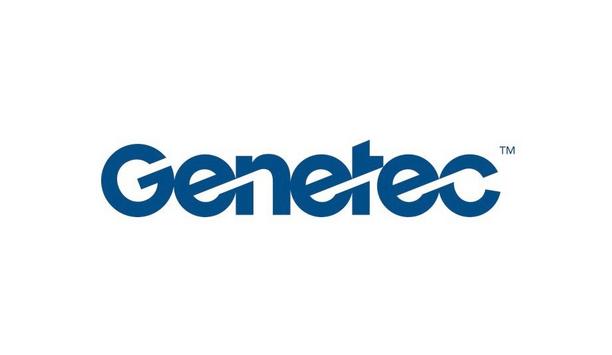Jean-Philippe Deby

Jean-Philippe Deby
Sales Director, EMEA, Genetec, Inc.Jean-Philippe is responsible for developing new sales initiatives throughout the EMEA region. Since joining Genetec in 2007, he has led the company’s sales organization in Western Europe and overseen the development of its channel partner program in EMEA. Prior to joining Genetec, Jean-Philippe held sales and marketing positions with distributors, system integrators, and manufacturers of IP-based solutions.
Articles by Jean-Philippe Deby
News of cyberattacks seems constant these days. Recently, Equifax, a US-based consumer credit reporting agency, announced that a private customer data breach impacted 143 million people. Earlier this...
News mentions
Jean-Philippe Deby, Director of Global Accounts at Genetec comments: “Coming from the public safety software industry, we’d often see companies treating privacy and security as a binary ch...
Trusted CLIQ wireless locking from ASSA ABLOY Opening Solutions now works seamlessly within the Security Center from Genetec. This new integration helps Security Center users to broaden their access c...
Has there ever been a better time for a security trade show in Europe? Shifting threats such as terrorism and a volatile political climate serve as reminders every day of the importance of securi...






































